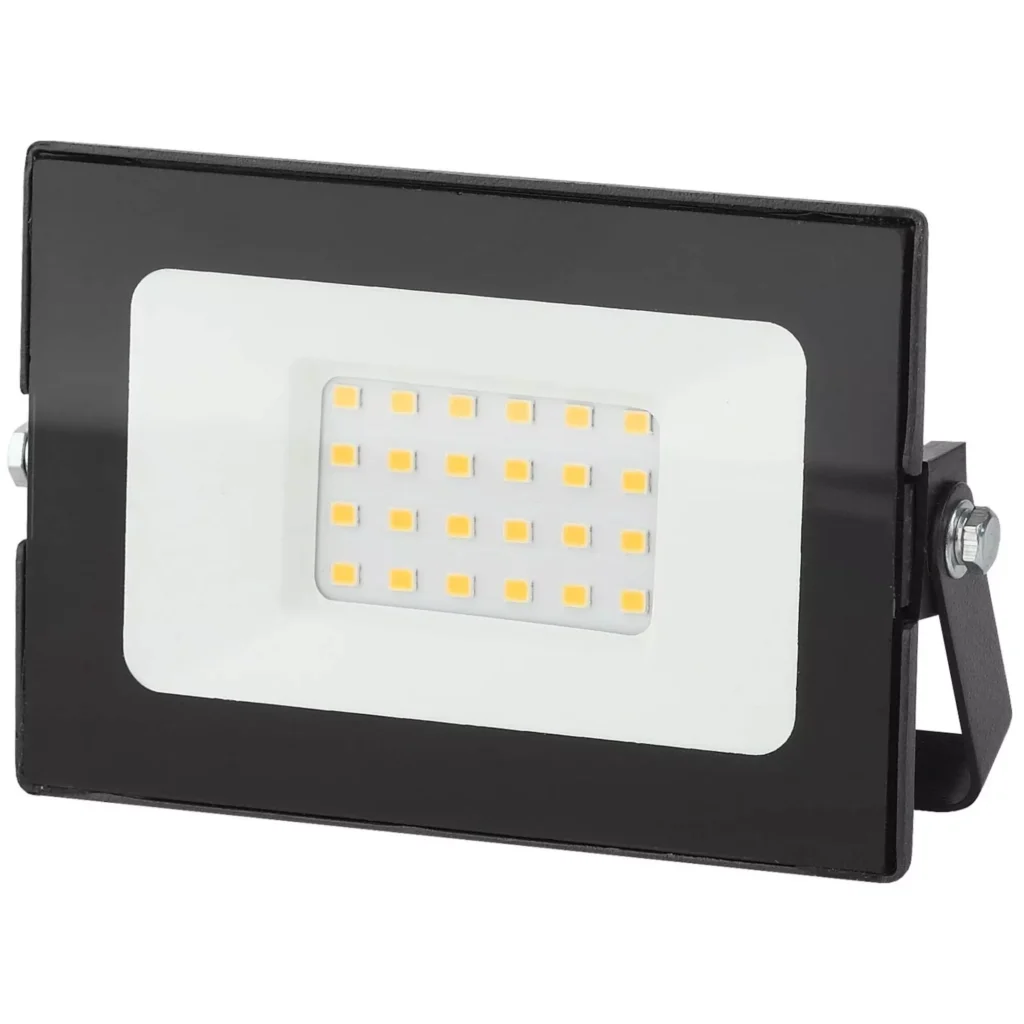Solar street lights come with an increased light source that is that is powered by solar cells.

The panels are generally mounted to the frame of the lighting, or integrated to the pole.
The solar panels power a battery which power an LED, or fluorescent light during the night.
The following are some examples of
Solar panel voltage is used to detect outdoor light and then switch off or on the majority of solar light sources.
Solar streetlights run all night.
Solar streetlights are able to be utilized for more than one night in the event that the sun isn’t visible for an extended period of time.
The lamps in the older models were not fluorescent or LED. Solar lights in the regions that experience wind are typically equipped with flat-paneled solar panels. This allows them to cope better with the winds.
Modern designs rely on wireless technology to manage batteries.
This technology permits street lighting to function as a system, in which each light is able to turn on or off the entire system.
Components
Four main components make up solar street lighting:
Solar panel
Solar panels form a significant part of solar street light fixtures,since they convert solar energy into electricity that can be used to power lamps. Street lights that are solar powered are typically ma-de, and there are two kinds of panels: monocrystalline and polycrystalline. Mono-crystalline panels have a higher conversion rate than polycrystalline panels. The wattage of solar panels could also differ.
Lighting fixture
LEDs are the primary source of lighting in contemporary solar streetlights as they have a brighter light with a lesser energy consumption. The energy consumption of an LED fixture is less than that of the HPS counterpart, which is commonly used for street lighting.
LEDs don’t require to warm up, which allows them to work in conjunction with motion sensors. This can lead to additional energy savings.
Rechargeable battery
Batteries store energy produced by solar panels during daylight hours, and supply energy to the fixtures at evening. The battery’s lifespan is vital to the lifetime of the lightand its capacity will determine the amount of backup days.
Gel deep cycle cell batteries and lead acid batteries are both typically used to power solar street lighting. The popularity of these batteries has led to a high demand for small lithium-ion batteries.
Pole
Solar street lights need sturdy poles as they typically include components on top including fixtures, panels and batteries. Some of the latest designs incorporate PV panels and the electronics integrated inside the pole. Another issue is wind resistance.
There are also accessories for these poles such as an battery box or foundation cage.
The types of solar street light at the bus stand
Each street light might be equipped with itsown photovoltaic panel. This is independent from other street lights. A group of panels can be erected on a different site to be a central power source and provide power to a variety of streetlights.
Solar street lights, which are all-in-one are becoming popular because of their compact design. The slim design contains the battery, and all the other necessary components.
Las Vegas in Nevada was the first city in the world to test a new EnGoPlanet Solar Street Lights that are connected to kinetic tile that generates electricity whenever people step on the tiles.

